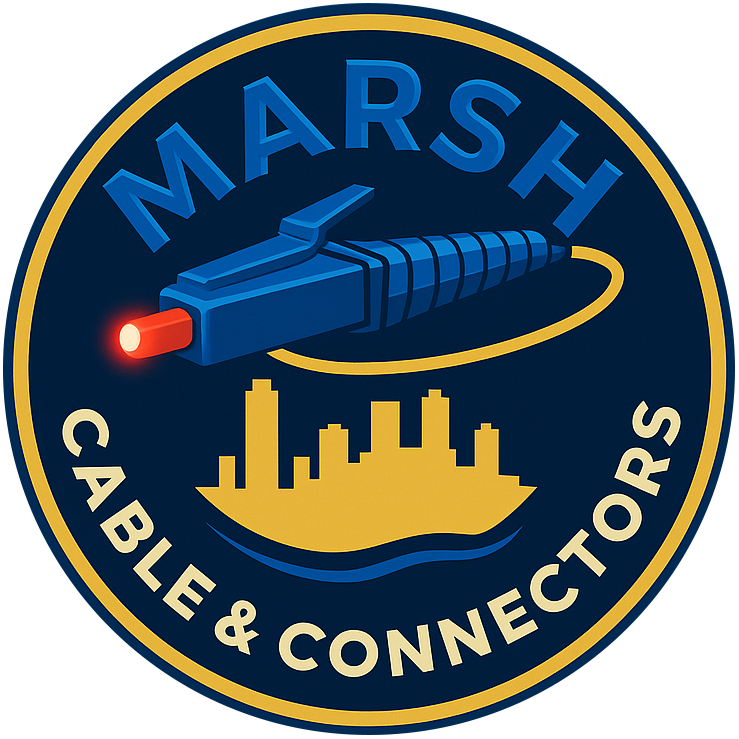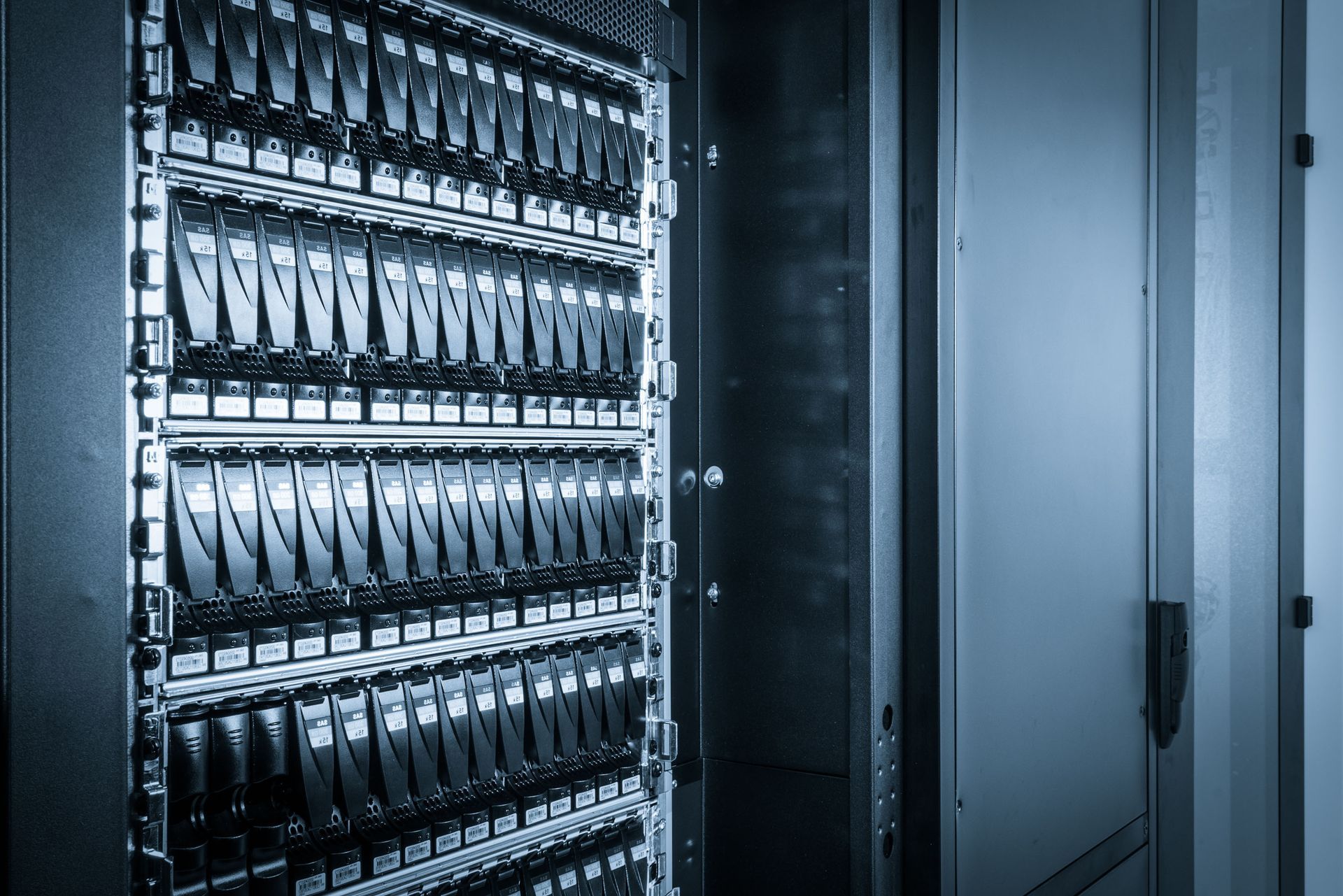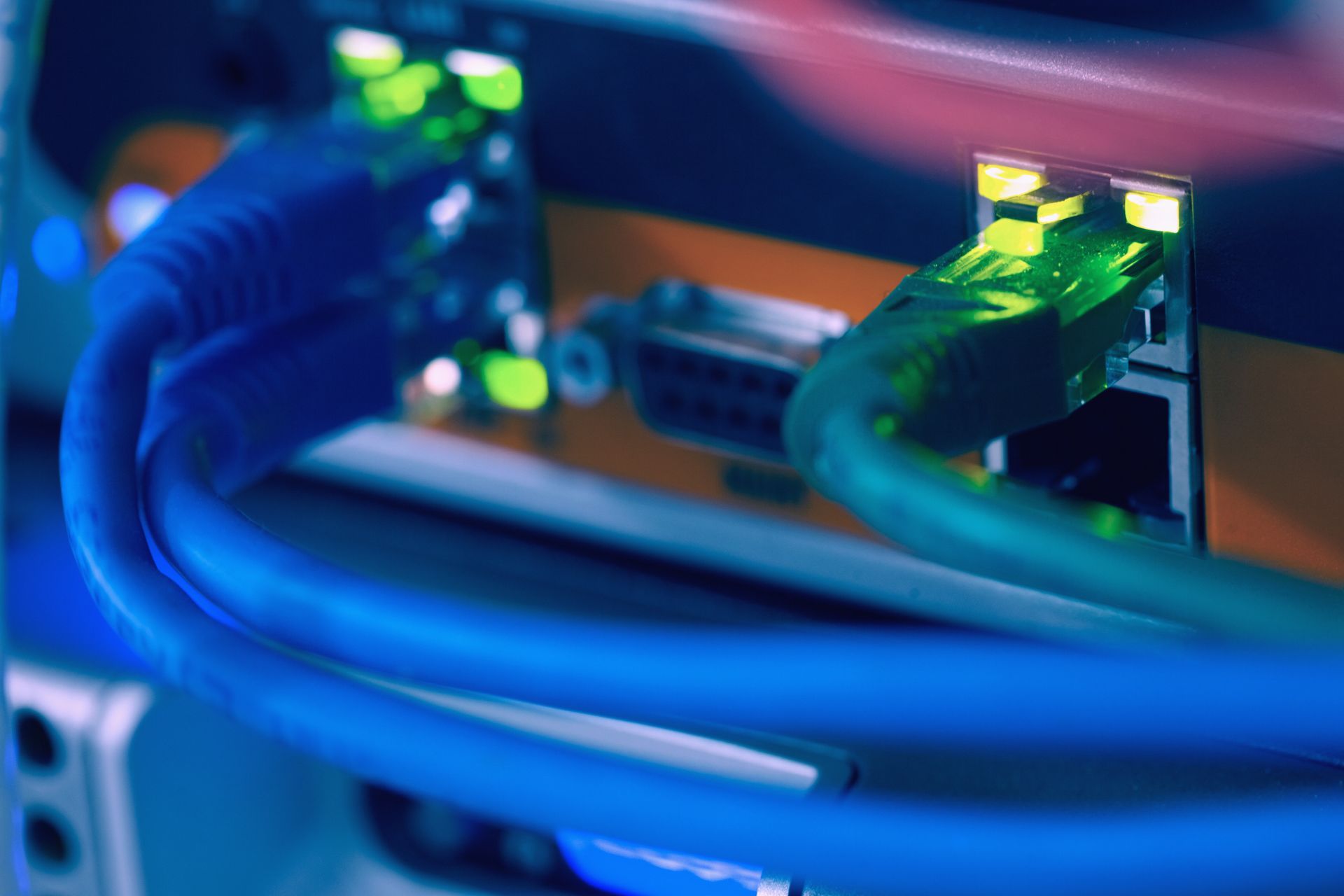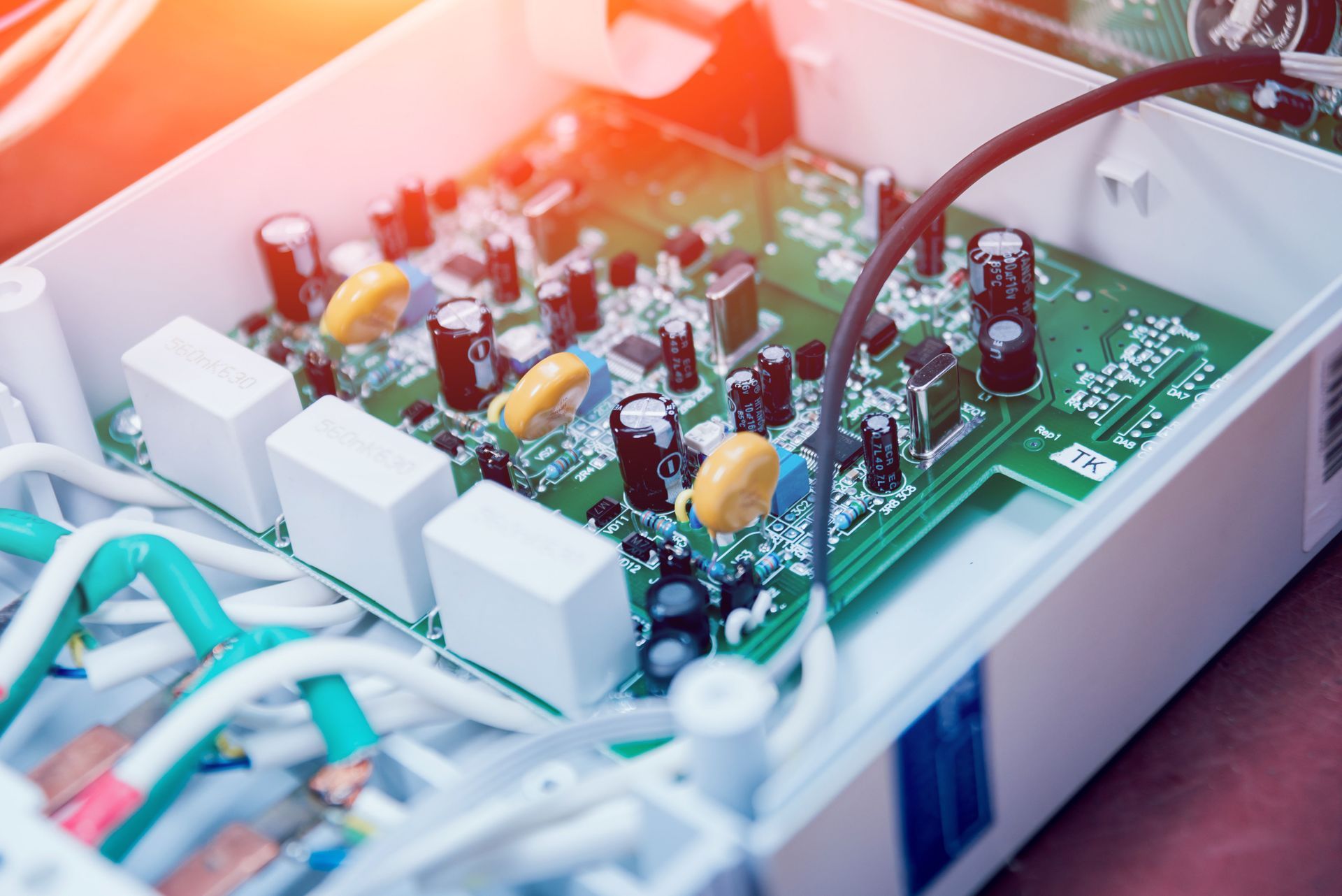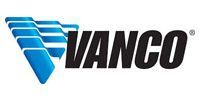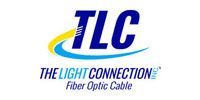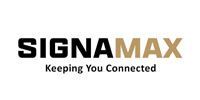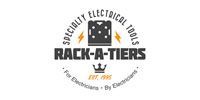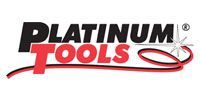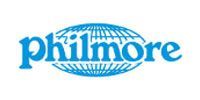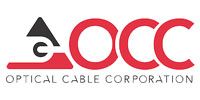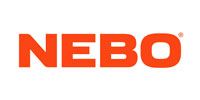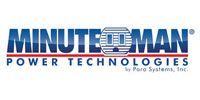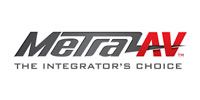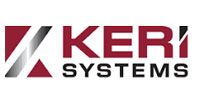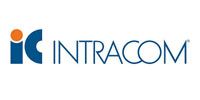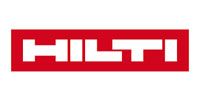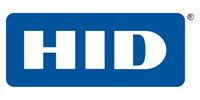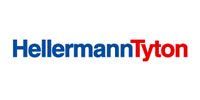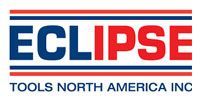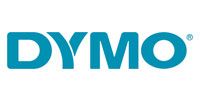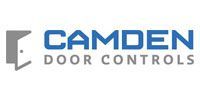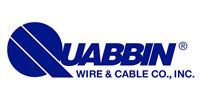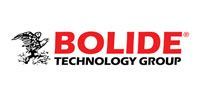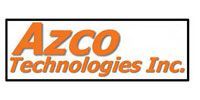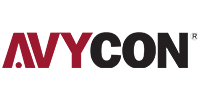September 11, 2025
In today's fast-paced business environment, the efficiency of your network can directly impact your organization's productivity and profitability. A strong, well-organized network enables fast data transfer, secure storage, and reliable communication across all levels of your company. At the core of this network infrastructure is the data rack—a purpose-built frame that organizes and supports servers, switches, routers, and other essential networking hardware. While it might seem like a simple piece of equipment, a properly designed data rack can drastically improve network performance and operational efficiency.
Understanding the Basics of a Data Rack
A data rack is more than just a shelf for networking equipment. It is a structured framework designed to hold, cool, and protect servers and networking devices in an organized manner. Data racks come in various sizes, typically measured in “rack units” (U), with 1U representing 1.75 inches of vertical space. They can accommodate servers, patch panels, switches, and even power distribution units. By providing a structured layout, a data rack minimizes clutter, reduces cable mess, and allows IT professionals to manage equipment more effectively.
Beyond organization, a data rack improves airflow and cooling efficiency. Heat is a major factor in network performance—overheated devices can slow down or even fail. Properly ventilated racks allow for better airflow, which maintains optimal operating temperatures and extends the lifespan of equipment. This ultimately supports consistent, high-speed network performance.
Enhancing Network Organization and Accessibility
One of the key advantages of a data rack is the organization it brings to networking hardware. Without a rack, servers and switches are often stacked haphazardly, which can lead to tangled cables, restricted airflow, and difficult maintenance. A data rack provides a standardized layout, where devices can be mounted neatly and logically. This organization enables IT staff to quickly identify and access components when upgrades, troubleshooting, or replacements are required.
Accessibility also reduces downtime. When network issues arise, technicians can efficiently locate the affected hardware and implement fixes without disrupting the rest of the system. The structured environment of a data rack ensures that maintenance tasks are performed swiftly, keeping the network running smoothly and minimizing interruptions to business operations.
Improving Cable Management and Reducing Errors
Cable management is a common challenge in IT environments. Poorly managed cables can obstruct airflow, cause accidental disconnections, and make troubleshooting a time-consuming process. A data rack addresses this challenge by providing designated pathways and tie-down points for cables. Patch panels and cable trays integrated into the rack help route connections neatly, reducing the risk of errors.
With proper cable management, IT staff can trace connections quickly and identify any issues without disrupting other components. This streamlined approach decreases human error, simplifies audits, and ensures that network expansions or upgrades are carried out efficiently. The improved organization also enhances safety, preventing tripping hazards and reducing the risk of accidental equipment damage.
Boosting Network Performance and Reliability
A well-implemented data rack can significantly boost network performance. By housing servers, switches, and storage units in a centralized and structured manner, data racks reduce signal loss and latency caused by disorganized setups. This centralization allows for more efficient routing of network traffic and better integration between devices, which improves overall data throughput and responsiveness.
Moreover, the cooling and airflow benefits provided by a rack ensure that equipment operates within optimal temperature ranges. Overheated devices can throttle performance or shut down entirely, causing network slowdowns or outages. By preventing overheating, a data rack maintains consistent performance levels and reduces the likelihood of unplanned downtime.
Enhancing Physical Security Measures
Physical security is a critical aspect of network management. Unsecured servers and networking devices are vulnerable to theft, tampering, and accidental damage. A data rack contributes to security by allowing IT professionals to lock servers and equipment in a controlled, enclosed space. Access can be restricted to authorized personnel only, minimizing the risk of physical breaches.
According to Scoop.Market.US, approximately 60% of companies have encountered breaches in their physical security measures in the past five years. Implementing locked data racks as part of a broader security strategy helps protect sensitive data and ensures compliance with regulatory standards. These racks can also be monitored with surveillance and environmental sensors, further safeguarding valuable assets.
Facilitating Network Scalability and Growth
As businesses expand, their networking needs evolve. Adding servers, storage devices, or new switches can be cumbersome in an unstructured environment. A data rack simplifies network scalability by providing a modular and expandable framework. IT teams can add or remove equipment without disrupting existing infrastructure, supporting business growth without compromising efficiency.
Rack-mounted devices also follow standardized measurements, allowing for consistent upgrades and easier integration of new technologies. This scalability ensures that the network remains adaptable to changing business requirements and technological advancements.
Optimizing Space and Reducing Operational Costs
Space is often a limiting factor in server rooms and data centers. Without proper organization, devices can take up more room than necessary, leading to cramped environments and inefficient layouts. A data rack maximizes vertical space, consolidating equipment into a single, accessible location. This compact arrangement frees up floor space for other operations and equipment, improving overall facility efficiency.
In addition to saving space, organized racks reduce operational costs. Efficient cooling and airflow prevent premature equipment failure, reducing replacement and repair expenses. Quick accessibility and reduced downtime also contribute to cost savings, as IT staff can perform maintenance tasks faster and with fewer errors.
Supporting Maintenance and Monitoring Activities
Regular maintenance and monitoring are essential for network health. A data rack makes it easier to perform routine checks, firmware updates, and hardware replacements. Technicians can monitor temperature, power usage, and network performance without navigating a chaotic array of devices. Rack-mounted equipment often comes with built-in management tools and monitoring interfaces, further simplifying these activities.
Moreover, organized racks allow for the implementation of environmental monitoring systems, including temperature and humidity sensors, smoke detectors, and power usage meters. These tools provide real-time alerts to prevent overheating, power surges, and other issues that could impact network performance.
Ensuring Compliance With Industry Standards
Many industries require strict compliance with standards for data management and security. A data rack helps businesses meet these standards by providing a structured environment for equipment and cabling. Proper organization and secure mounting of devices facilitate audits, inspections, and documentation of IT infrastructure. Compliance with standards such as ISO 27001 or HIPAA is simplified when network components are centralized and managed effectively.
This structured approach not only supports regulatory requirements but also promotes best practices in IT management. Consistent labeling, cable management, and documented configurations help maintain a professional and compliant network infrastructure.
Integrating Redundancy and Disaster Recovery
Disaster recovery and redundancy are critical for maintaining network uptime. A data rack enables the installation of redundant servers, switches, and storage devices in a well-organized manner. By centralizing critical equipment, IT teams can implement backup solutions, power redundancy, and failover systems efficiently. This preparation reduces the risk of network downtime and data loss in the event of hardware failure, natural disasters, or other emergencies.
Centralized racks also simplify the process of restoring network functionality. Backup servers and storage units are readily accessible, making it faster to recover from outages and minimize the impact on business operations.
As companies continue to rely on digital operations, the role of the data rack in improving network efficiency becomes increasingly vital. Organizations that adopt these structured systems position themselves to handle growth, mitigate risks, and maintain seamless operations in a competitive business landscape. Contact Marsh Cable & Connectors, Inc today to get started with our services!

